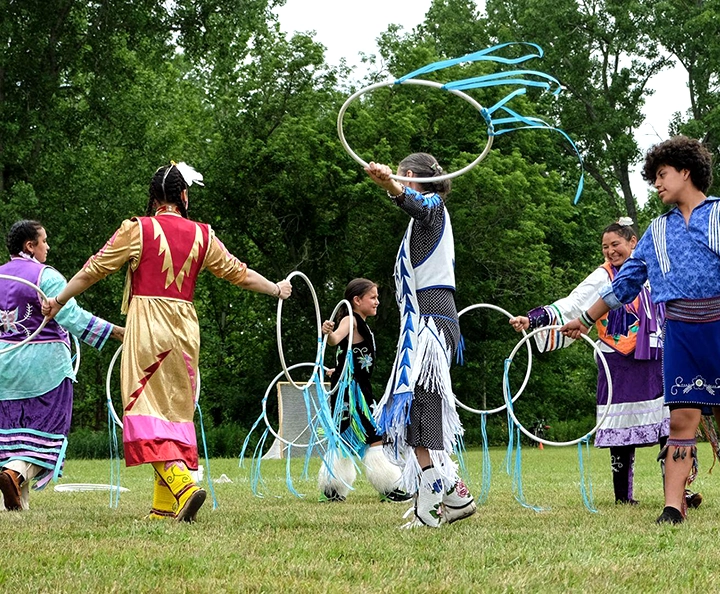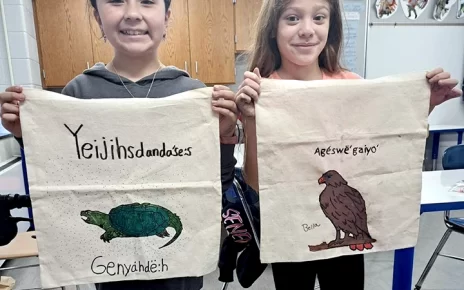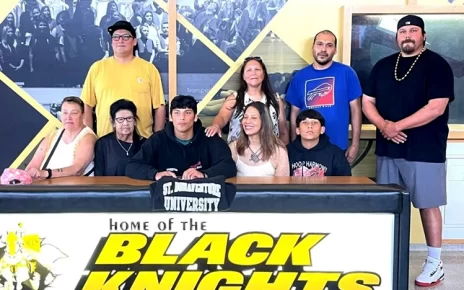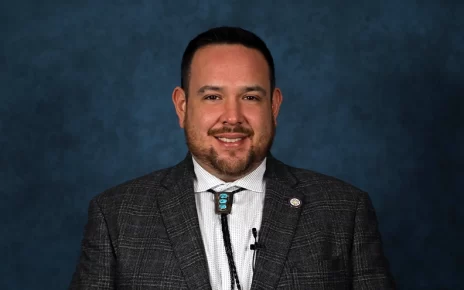Saturday, June 22nd from 10am-5pm at Caneadea Town Park, Houghton, NY
Background: Richard Big Kettle, a Seneca artist from the Heron Clan and a lacrosse stick maker, introduced the Town of Caneadea to the executives of the Seneca Nation. The Seneca Nation proposed the idea of a Field Day, and the Town then formed a “Friendship Planning Committee” and reached out to the Seneca Nation.
Town Supervisor Michel Cox sent a letter to the Seneca Nation Council stating, in part, “We want to honor the Seneca people and their history. With this in mind, we are extending a formal invitation to you, the Seneca Nation.”
As a result of this conversation, the annual event “Seneca Caneadea Field Day” was formed in 2023. This was the first time in over 190 years the Seneca Nation was welcomed back to their former land.
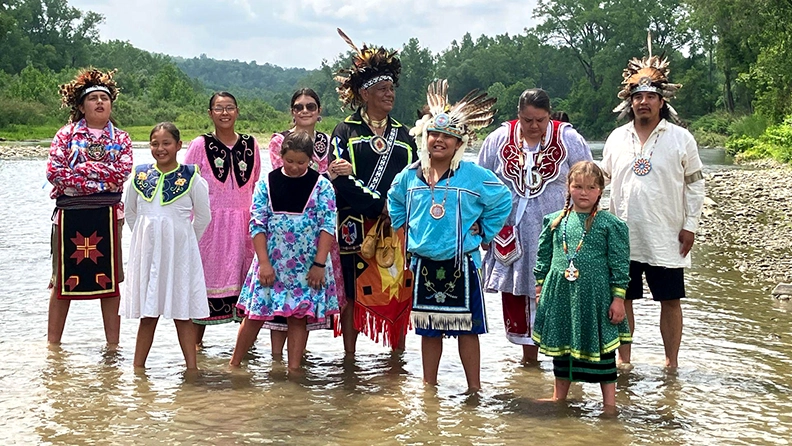
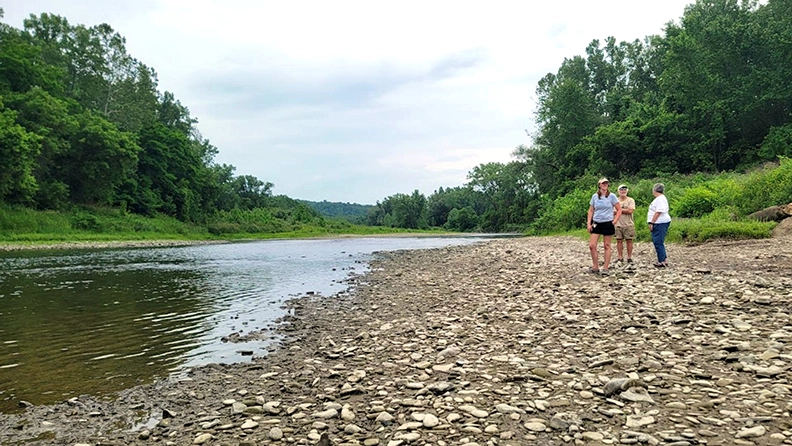

2024 SCHEDULE:
Seneca dance exhibitions throughout the day.
9:00 a.m.
Opening Ceremony
Genesee River Float**
Caneadea Launch Site
10:00 a.m.
Caneadea Town Park Opens
Cultural Center Pavilion
Native Arts/Crafts
Food Vendors
Native Dance
Noon
Welcome and Flag Raising
2:00 p.m.
Food and Medicinal Plants Along Genesee Valley Greenway State Park
4:30 p.m.
Closing Ceremony
6:30 p.m.
Genesee Rapids vs. Salamanca Lizards (NYS Collegiate Baseball League)
Seneca Nation Honor Guard and first pitch
Event location: Caneadea Town Park
Parking location: Houghton Public Parking Area
**Registration required for Genesee River Canoe/Kayak Float: sign up @ https://houghtonuniversity.regfox.com/seneca-caneadea-field-day
History: The Hodino:sho:nih nations historically occupied large areas of land in the northeast U.S. and southeast Canada. Part of the territory the Seneca Nation occupied was the Genesee Valley region, including Caneadea. In fact, the Town of Caneadea’s name comes from the indigenous word “Gaoyadeo,” which translates to “where the heavens rest upon the earth.”
During the American Revolution, the Seneca Nation, along with three other Haudenosaunee Nations, allied with the British in exchange for protection of indigenous land. In one of the American colonists’ largest offensive operations during the American Revolution, General George Washington ordered the Clinton-Sullivan Campaign in 1779. The goal of this campaign was to destroy key villages and food supplies of the Cayuga and Seneca Nations so that they would be unable to return to the Genesee Valley and survive through a winter season. The British would also be impacted by the lack of food and other resources, as they would have to provide more care for the Seneca.
By the end of the campaign, over 40 villages were destroyed, along with hundreds of thousands of pounds of food. The strain on resources encouraged the British to abandon their Haudenosaunee allies.
Eighteen years later, the Senecas ceded most of their Western New York territory in 1797 during the Treaty of Big Tree, held in what is now Geneseo, NY. Part of the treaty created land reservations for the dispossessed Senecas.
One of the areas the Senecas chose to keep became known as the Caneadea Reservation, a strip of land eight miles long and two miles wide with the Genesee River winding through it. The Seneca village within the Caneadea Reservation was located on a bluff above the east side of the river — opposite the present day hamlet of Houghton, NY. The reservation extended from the mouth of Wiscoy Creek at the north in the present day Town of Hume, to the “great angle”** in the river at the south end.
Less than 30 years after the Treaty of Big Tree, the Caneadea Reservation ceased existence after the Senecas were enticed to sell it to land speculators in 1826.
*** The “great angle” of the Genesee River is where the directional flow changes. From the river’s source in Gold, PA, it flows in an overall northwesterly direction. At the “great angle,” the river changes to a northeasterly direction for the remainder of its journey to Lake Ontario.*


